By Chris Adam
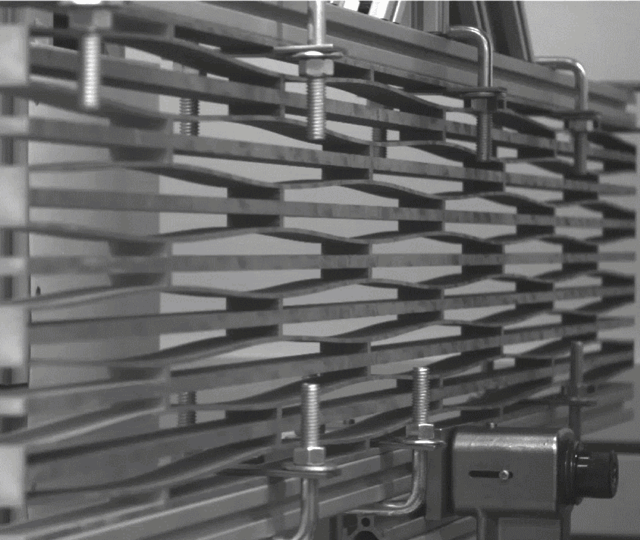
Products made with PXCM geometry have the ability to change from one stable configuration to another stable configuration and back again.
A $1 million SBIR Phase II grant from the U.S. Air Force will help fast-track the development of a new innovative runway mat.
Pablo Zavattieri, the Jerry M. and Lynda T. Engelhardt Professor in civil engineering at Purdue University, is working with Indiana Technology and Manufacturing Companies (ITAMCO) to develop the new runway mat. The team uses metal 3D printing methods for its technology.
“The objective of the research is to develop a robust sheet or roll technology that serves as an alternative to the AM-2 mat for temporary or expeditionary flight operations,” Zavattieri said. “AM-2 matting has served the U.S. military well since the Vietnam War, but the materials and technology in the ITAMCO-led research project will offer many benefits over AM-2 matting.”
The proposed matting solution is composed of an upper surface that mates with a lower surface and contains a type of architectured material called Phase Transforming Cellular Material (PXCM) geometry to mitigate anticipated loading and shear stresses.
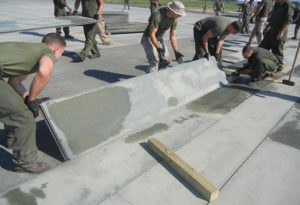
A grant from the U.S. Air Force will help fast-track the development of a new innovative runway mat using Phase Transforming Cellular Matrix (PXCM) geometry.
Zavattieri said a portable and lightweight airfield mat must be easy to install and store, yet capable of withstanding the stresses of repeated takeoffs and landings of aircraft.
“Products made with PXCM geometry have the ability to change from one stable configuration to another stable or metastable configuration and back again,” Zavattieri said. “This means the new runway mat could potentially heal itself, resulting in a much longer life span than a runway made with AM-2 matting. Another benefit is that debris on the runway will not hamper the runway’s performance with our technology.”
In Phase II, the team will move into the prototype and testing stage. The prototype’s ability to restore itself to its original contour and attain full operational capability 30 minutes after compaction and preparation of the final repair site will be tested.
For more information about ITAMCO, visit itamco.com.
The Purdue Research Foundation is a private, nonprofit foundation created to advance the mission of Purdue University.

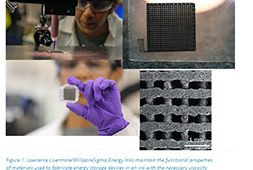
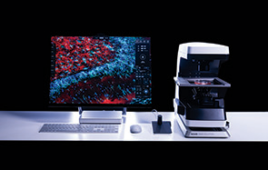
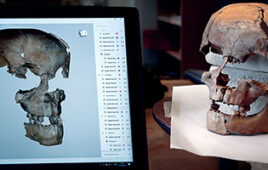
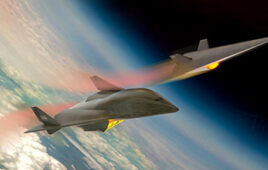
Tell Us What You Think!